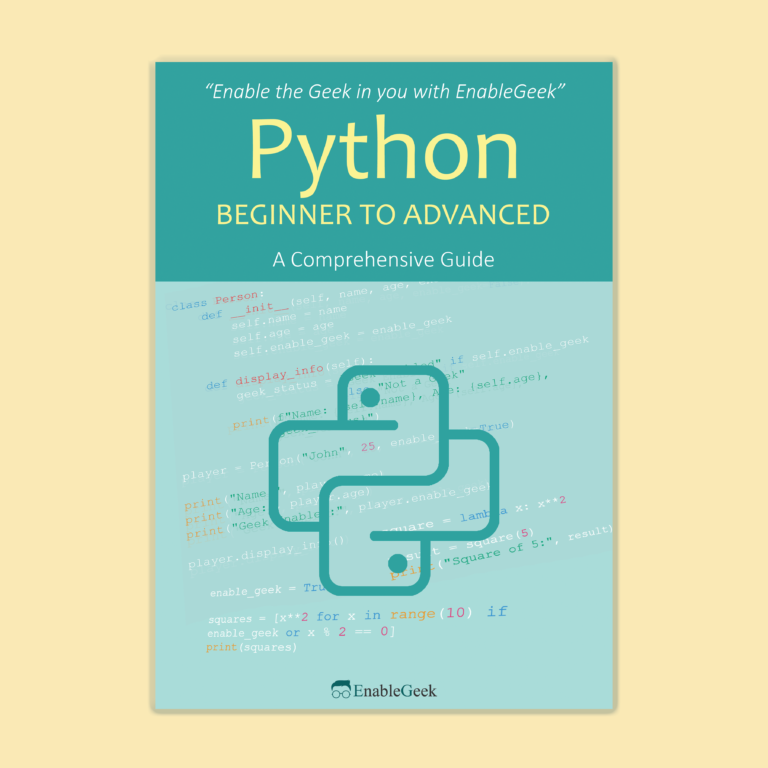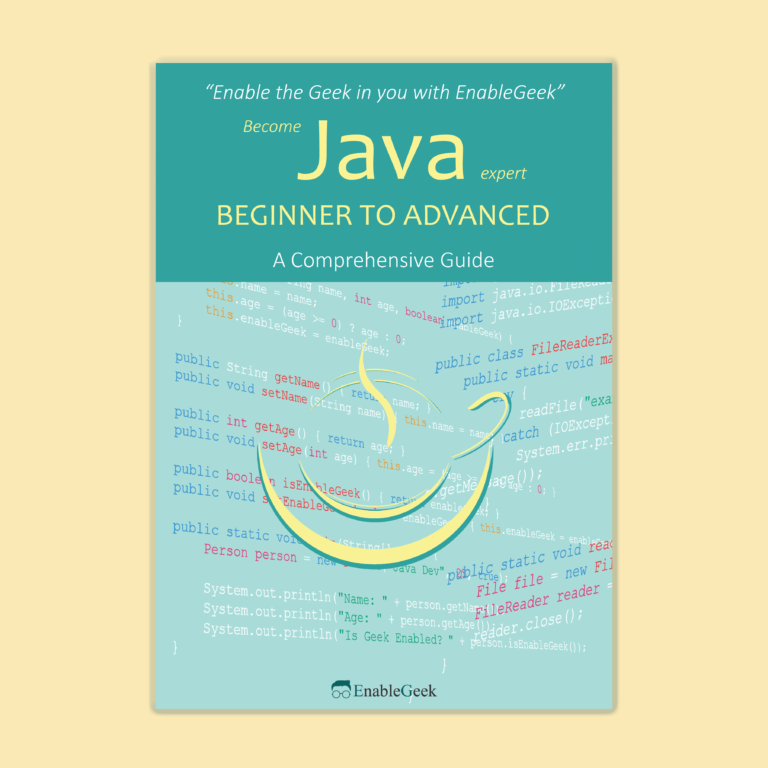To get current time
You can use the ‘datetime‘ module to get the current time in Python.
import datetime
current_time = datetime.datetime.now().time()
print(current_time)
This will print the current date in the format ‘YYYY-MM-DD‘.
To get current date
You can use same module to get date.
import datetime
current_date = datetime.datetime.now().date()
print(current_date)
This will print the current date in the format ‘YYYY-MM-DD‘.
Discover more Python tips and elevate your coding skills with our comprehensive guide, “Python Beginner to Advanced.” Whether you’re a beginner or an experienced developer, this book covers everything from basic concepts to advanced techniques. And if you’re interested in expanding your programming collection, don’t miss out on our “Java Beginner to Advanced” guide as well!
To get current date and time both
You can use the ‘datetime‘ module to get both the current time and date in Python.
import datetime
current_datetime = datetime.datetime.now()
print(current_datetime)
This will print the current date and time in the format ‘YYYY-MM-DD HH:MM:SS.ssssss‘.
Get time in millisecond
In Python, you can get the current time in milliseconds using the ‘time‘ module and its ‘time()‘ function, which returns the time in seconds since the Epoch (January 1, 1970, 00:00:00 UTC). You can then multiply the result by 1000 to get the time in milliseconds.
Here’s an example:
import time
milliseconds = round(time.time() * 1000)
print(milliseconds)
This will output the current time in milliseconds.
Note that the ‘round()‘ function is used to round the result to the nearest integer value because the ‘time()‘ function returns the time as a floating-point number. If you don’t need to round the value, you can remove the ‘round()‘ function.



